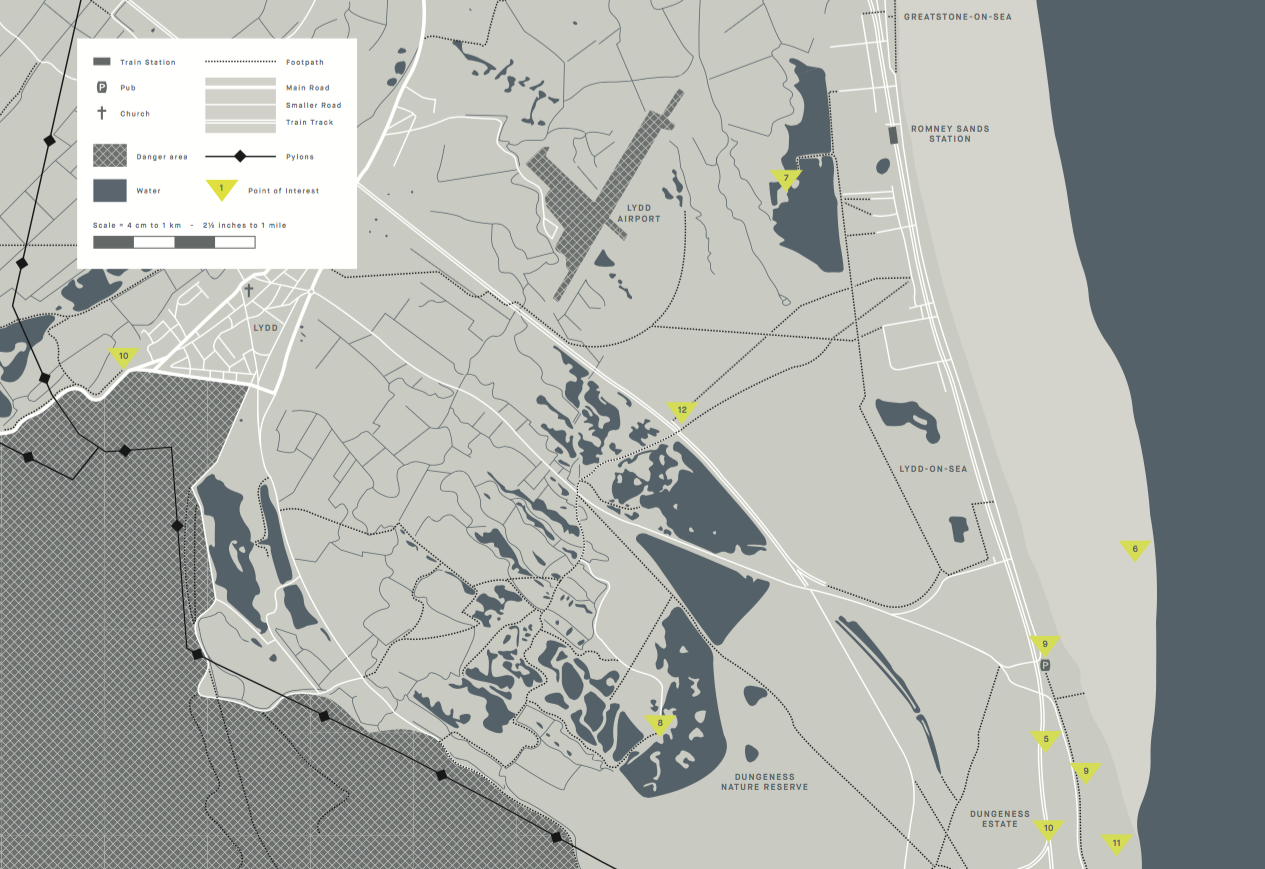The English language has its fair share of punchy idioms, but we think these continental phrases give our beaten-about-bushes and silver-lined clouds a run for their money.
Everything has an end, only the sausage has two. © photos4design.com
estar en el ajo
Spanish: ‘to be in the garlic’
The explanation: Alluding to the most sought after of culinary ingredients, this phrase means ‘to be clued up’, often to information of a nefarious nature.
Our translation: In the know (shifty eyes and nose-tap required).
farsene un baffo
Italian: ‘to make a moustache’
The explanation: It would appear that the humble lip warmer is of little interest in Italy, as this phrase means to consider something as insignificant or, to simply, not care.
Our translation: Whatever, everyone has a moustache these days.
was der bauer nicht kennt, frisst er nicht
German: ‘what the farmer doesn’t know, he doesn’t eat’
The explanation: We all have one friend who wouldn’t dare expand their culinary palette beyond scrambled eggs on toast. This phrase is for them.
Our translation: Stop counting your chickens and try this avocado.
il ne faut pas pousser mémé dans les orties
French: ‘you shouldn’t push your gran in the stinging nettles’
The explanation: A black-humoured way of saying don’t push your luck.
Our translation: Watch it, your gran is tougher than a navy seal.
tirer des plans sur la comète
French: ’To draw plans on the comet’
The explanation: A wonderful way of expressing the ephemeral joy and uselessness of making plans around future successes. You might say it’s as silly as building castles in the air.
Our translation: ‘Life happens when you make plans, so don’t get carried away now.’
alles hat ein ende nur die wurst hat zwei
German: ’Everything has an end, only the sausage has two’
The explanation: A rather humorous way of saying that everything has to come to an end, and we have much to learn from the humble sausage.
Our translation: ‘Everything must end, so have a sausage.’
Words: Matt Iredale












